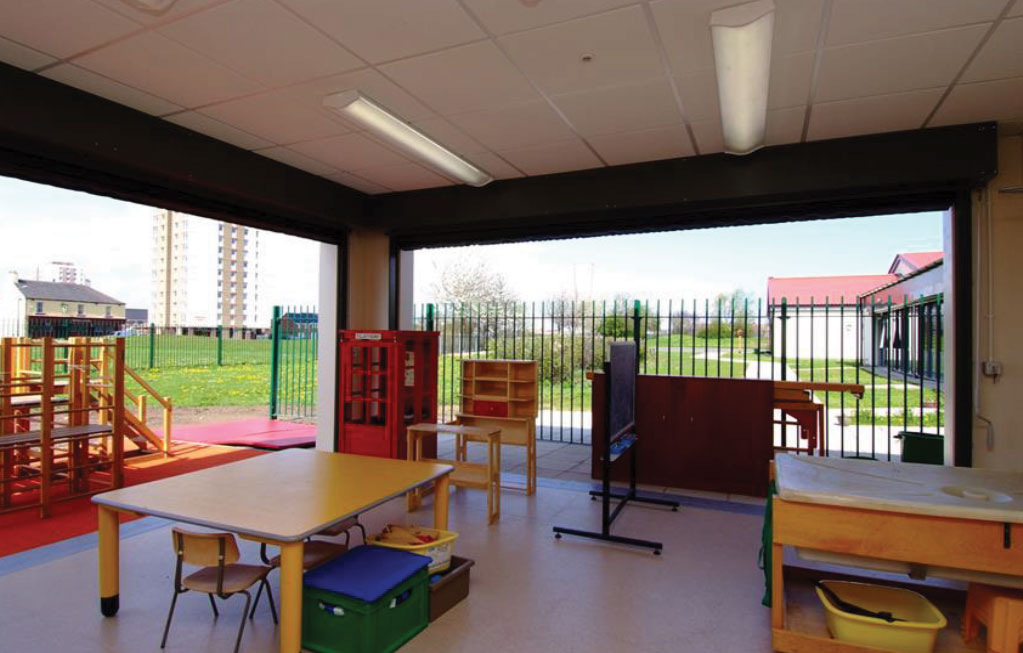Making SEN classrooms fit for the future
Not all projects are the same, so a ‘one size fits all’ approach just doesn’t cut it. Special Educational Needs (SEN) classrooms require even more planning and design considerations in particular.
View More
Not all projects are the same, so a ‘one size fits all’ approach just doesn’t cut it. Special Educational Needs (SEN) classrooms require even more planning and design considerations in particular.
View MoreIn a market where shortages exist, building standards are extremely high. Sustainability, comfort and infection control are all important but budgets are tight. Modular construction needs to be a part of the solution.
View MoreWe're pleased to announce that we've successfully landed a place on the £1.6 billion NHS Shared Business Services Framework. We've secured our position across four core lots for “Building Purchase”
View MoreWe’ve been in a housing crisis for quite some time. With the effects of the pandemic not fully known yet, it’s likely to only get worse. According to the National Housing Federation.
View MoreLondon boroughs fear a ‘summer wave’ of homelessness in the capital as a result of covid-19. Councils have pointed to a series of upcoming risks threatening to significantly increase the levels of homelessness not just in London but right across the country.
View MoreNow it’s no secret that we’re in a housing crisis and the numbers of those sleeping rough or at risk of homelessness are rising.
View MoreThe idea of ‘meanwhile homes’ as a solution to the housing crisis is refreshing. It brings together some of the biggest topics in housing - sustainability, micro living and modular housing.
View MoreThis month, we've been busy working on some really exciting modular building projects. From education to commercial and industrial units, here are our October project win highlight.
View MoreIt’s been a busy week for the Thurston's team! We've installed over 100 modular units in five sites across England, Ireland and Wales.
View MoreIf you’re running a business that needs one or multiple offices, then you’re going to be faced with sky-high prices with a traditional build. Fortunately, there’s an option that’s significantly better than traditional office space: a modular office.
View More